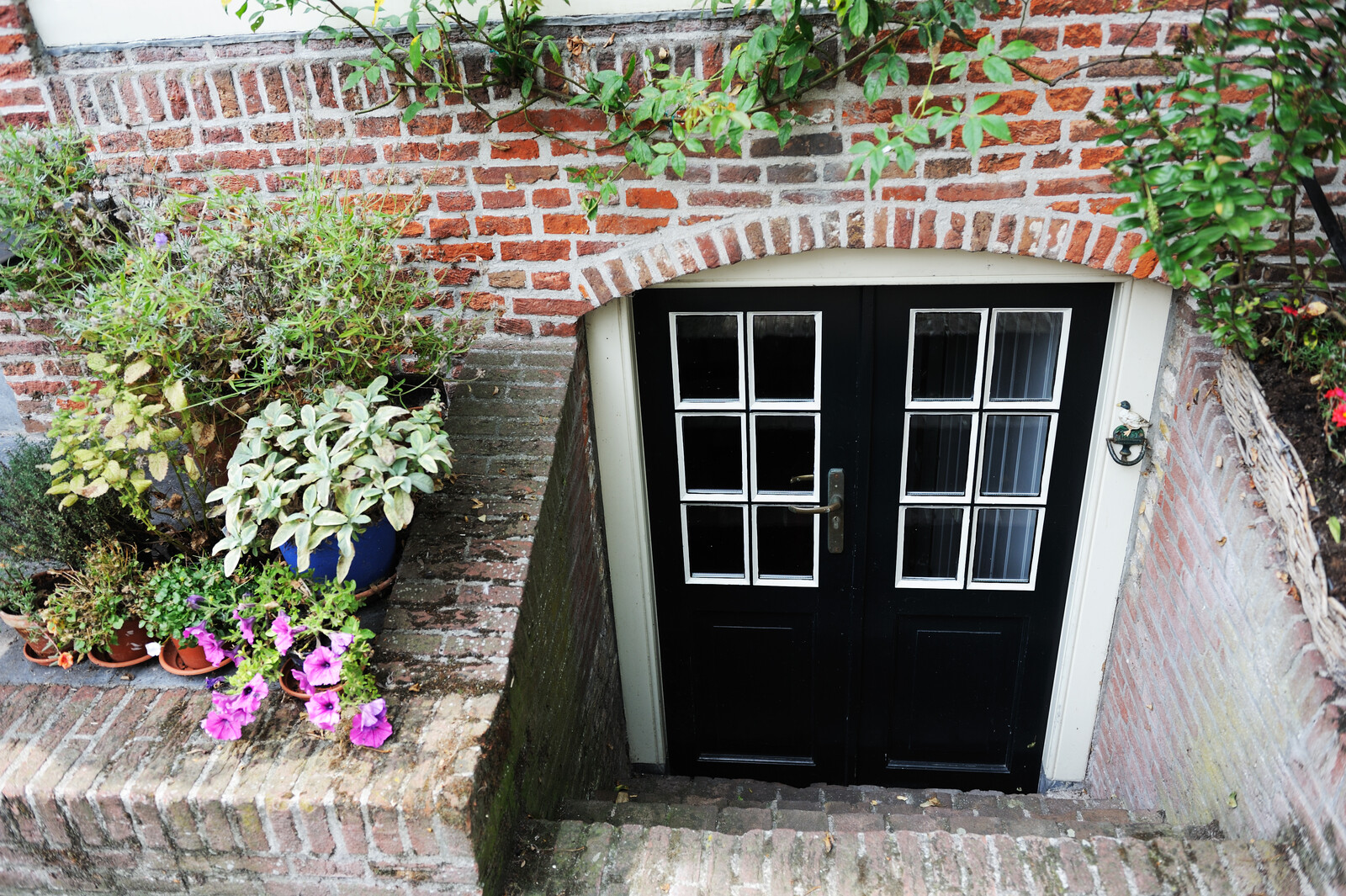5 Reasons Why Your HVAC Unit is Loud Do you find your HVAC unit excessively…

Improving Air Quality in Your Home’s Basement
For your convenience you can listen to the article here:
If your home has a basement, you may be familiar with that unpleasant “basement smell.” Residential basements provide some special challenges in terms of indoor air quality. A basement itself have high levels of indoor pollutants. Those pollutants can get into the rest of your home through the floors and doorways.
So if you want to improve your home’s indoor air quality as a whole, it’s important to address the air quality in your basement. Let’s take a look at some of the pollutants most commonly found in basements and methods to reduce or eliminate them.
Dry It Out to Avoid Mildew and Organic Growth
The most common basement problem is dampness and humidity. Water often seeps into basements through the concrete walls and floor. Sometimes it’s just enough water to make things damp; sometimes it’s a flood!
Either way, water in the basement leads directly to the number one cause of that “basement smell”: organic growth and mildew. Finished basements can be particularly prone to these culprits. This is because carpets and wallboard can absorb and hold the moisture that seeps in through the concrete.
The organic growth and mildew can begin growing on the underside of the carpet or the back of the wallboard. In all of the areas where you can’t see it. By the time a small visible spot appears on the surface, you may have a massive organic growth problem underneath.
Organic growth doesn’t just smell bad. It also releases spores that can cause a wide range of health problems when inhaled. Organic growth is a serious indoor air quality issue. It can lead to symptoms like nasal congestion, sore throat, coughing, wheezing, eye irritation, and allergic reactions. In people with asthma, organic growth can trigger or worsen asthma symptoms.
See Also: How Flooring Affect Efficiency and Air Quality
What To Do To Prevent Organic Growth and Mildew
So to prevent organic growth and mildew in the basement, you need to keep it dry. According to the U.S. Consumer Product Safety Commission, basements shouldn’t be finished unless they are completely waterproofed. They also need to have adequate ventilation and heat to avoid condensation.
If you install carpet directly on the concrete floor in the basement, the CPSC advises that you must install an moisture barrier underneath the carpet. Otherwise it will draw up moisture from the ground via capillary action.
Additionally, the CPSC recommends using a dehumidifier. This is to keep the basement’s humidity level between 30-50%. If the basement is conditioned space, a whole-home dehumidifier can be used to keep the basement’s humidity in the ideal range along with the rest of the house.
If you store items in your unfinished basement, watch out for signs of dampness and water damage. Keep in mind that organic growth grows very well on cardboard boxes.
Test for Radon
Another serious basement air quality hazard is radon. According to the CDC, this radioactive, odorless gas causes approximately 20,000 deaths from lung cancer in the United States each year.
A 2018 article published in the journal Environmental Science and Pollution Research International explains that because radon is a heavy gas that seeps up from deep underground, basements are particularly prone to high radon levels.
The U.S. Department of Health and Human Services recommends that when you have radon testing done, you perform the test on the lowest level of your home that is used as living space.
So if you use the basement for living space—not just for storage—then you want to make sure you test the radon levels in the basement, because they could be significantly higher than the levels in the rest of the house.
If dangerously high levels of radon are found in your home, then you’ll need to have mitigation performed by a qualified contractor in order to protect yourself and your family from this deadly gas.
Watch Out for Chemical Fumes
According to the ESPRI journal article, another common source of basement air pollution is items stored in the basement. Many homeowners store chemicals such as paints, lacquer, solvents, and gasoline in their basement. This can also include storage of gas-powered equipment.
Fumes from these chemicals can pollute the basement’s air and ultimately rise up through the floors or doorways into the rest of your home. Without outside ventilation, these fumes can become highly concentrated in the basement, making the air quality even worse.
Take care when storing chemicals in your basement. Don’t just stick them in a corner and forget about them! Make sure they’re properly stored in sealed containers and clean out your “stash” regularly to reduce the potential exposure to dangerous fumes.
Ventilation is Key
Ultimately, the biggest reason that basements suffer from poor air quality is a lack of ventilation. Because basements rarely get enough fresh, outside air, the indoor air pollutants build up into higher concentrations.
If you’re using the basement as living space, it’s particularly important to ensure adequate ventilation. A mechanical ventilation system, such as an ERV, can bring in fresh outside air without sacrificing energy efficiency.
That will help to improve the air quality in your basement, which in turn will improve the air quality throughout the rest of your home. And that’ll help you and your whole family to breathe a little easier!
See Also: Contact Us


